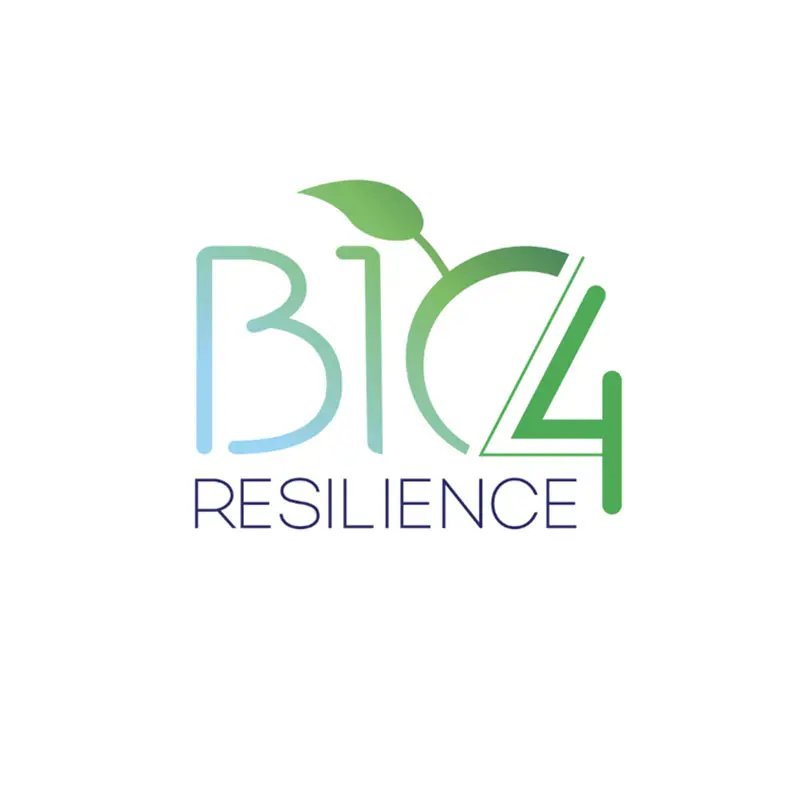
Strategies for a Circular Lombardy
Dec 14, 2023 / Sustainable Development
The "BIO4RESILIENCE" supply chain was established in 2022 by Lombard companies aiming to create a virtuous system to foster innovation in the organic waste sector, thereby contributing to development and value creation in Lombardy. Its objective? To establish a robust territorial and intersectoral ecosystem dedicated to innovating organic waste management. At the core of this initiative lies the promotion of interconnections among companies, pooling efforts to expedite the development of solutions fostering economic circularity and sustainability. This initiative has been carried out thanks to the measure implemented by the Lombardy Region, known as the "Expression of Interest for the Development and Consolidation of Production and Service Chains and Productive and Economic Industrial Ecosystems in Lombardy", intended to facilitate collaboration among companies, research institutions, training entities, financial intermediaries, foundations, and other pivotal contributors to economic and territorial development.
The supply chain is spearheaded by the company Acqua & Sole and encompasses 24 participants representing the entire spectrum of production, recovery, and valorization of organic waste. This includes biomethane and renewable energy production, alongside the utilization of waste as fertilizing matrices in agronomic field. The supply chain's activities concentrate on sustainability and circularity, manifesting in tangible ways such as eco-design interventions to curtail atmospheric emissions, the utilization of renewable energy and alternative raw materials, the augmentation of an integrated approach to waste recovery, and the conceptualization of "industrial symbiosis" projects facilitating the reuse and utilization of recycled materials.
A fundamental pillar of this initiative is the RINNOVA project, born from the call for "Innovation of processes and organization of production and service chains and productive and economic industrial ecosystems in Lombardy." This project, initiated in February 2023, represents a pivotal initiative aimed at advancing the strategic objectives of BIO4RESILIENCE and aligning with European legislation on the circular economy. Several companies are engaged in the project, namely: Acqua e Sole, Arcadia, Evergreen Italia, Agrorisorse, CAP Holding, Biomet, Lyceum, Vegea, BioC-CheM Solutions, and Bio Hub. This ambitious and interconnected project marks a substantial stride towards a sustainable and innovative industrial future in Lombardy, showcasing the convergence of collaboration and innovation for the collective good.
by Marta Buccaro



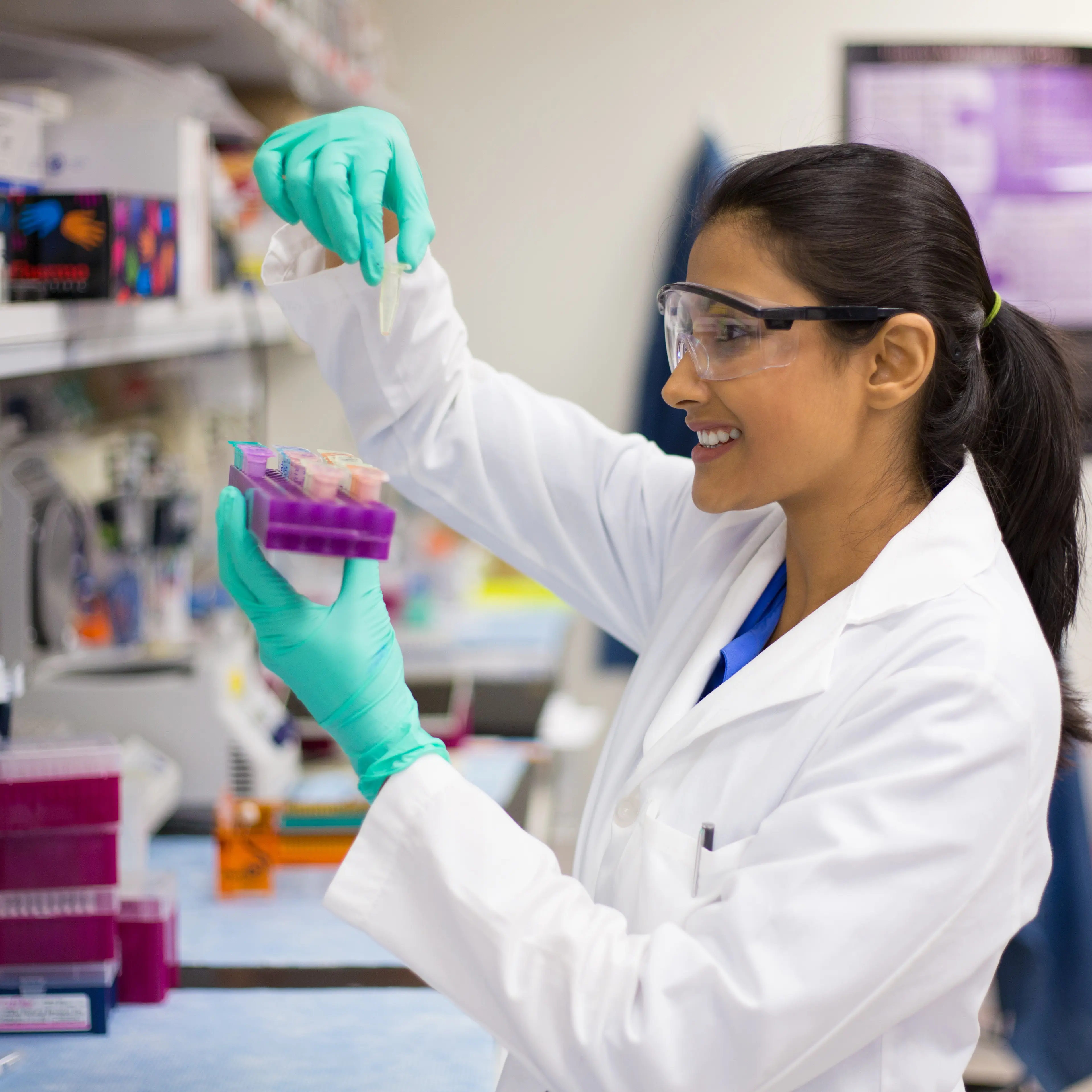
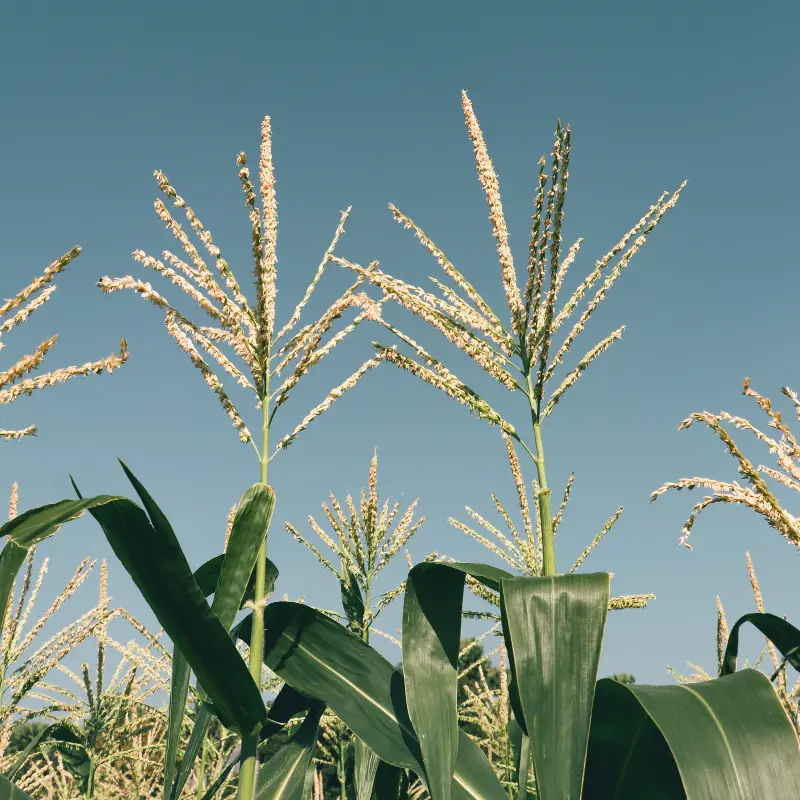
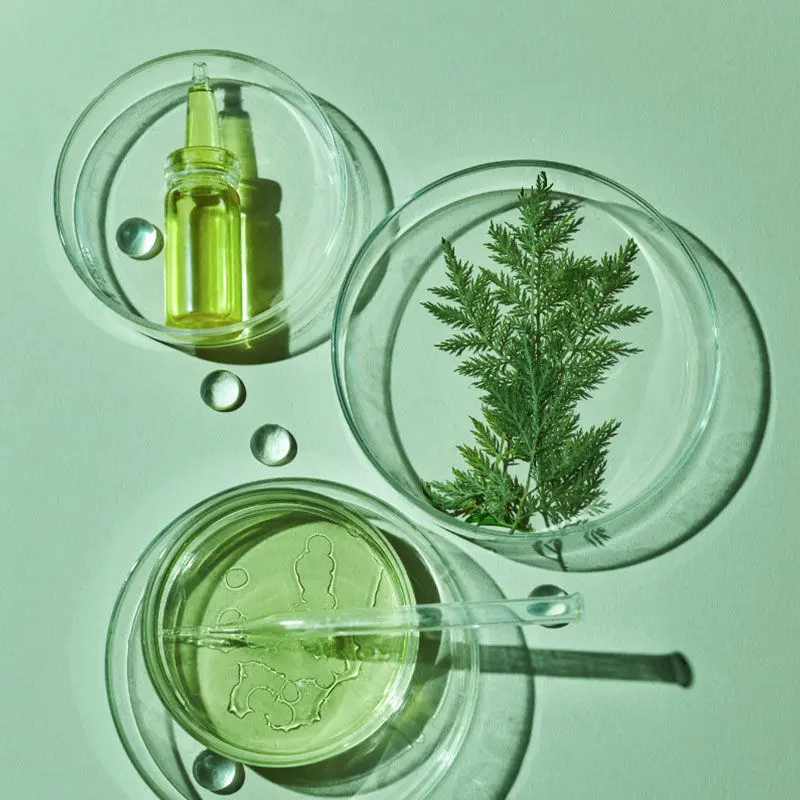
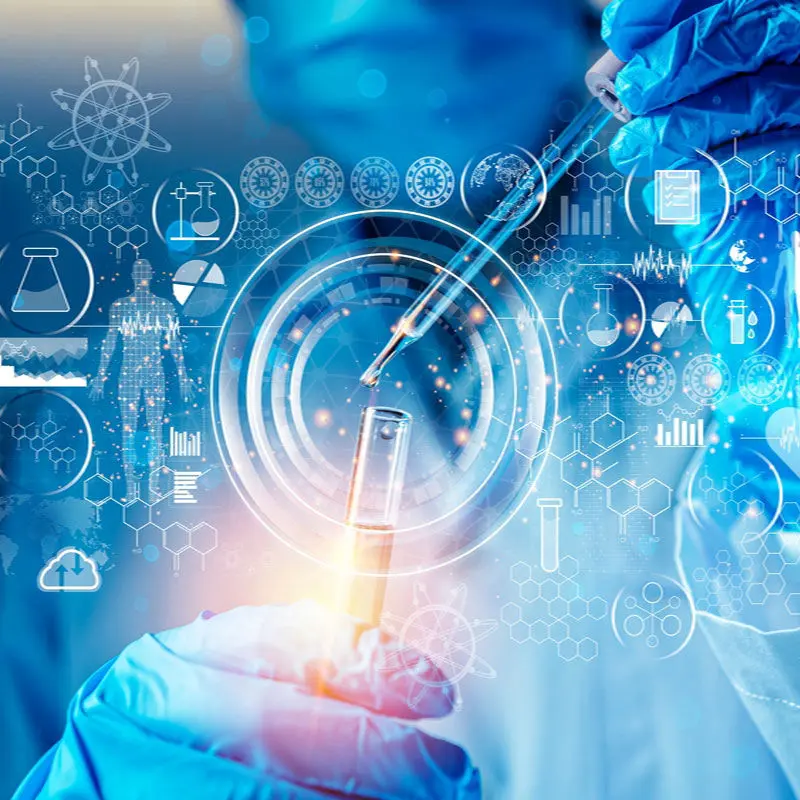

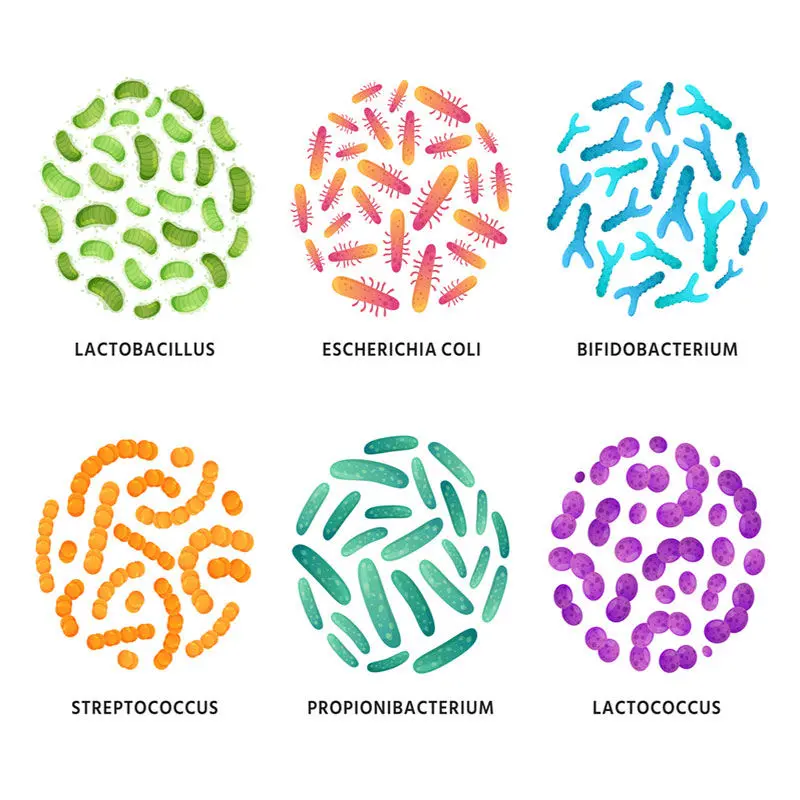
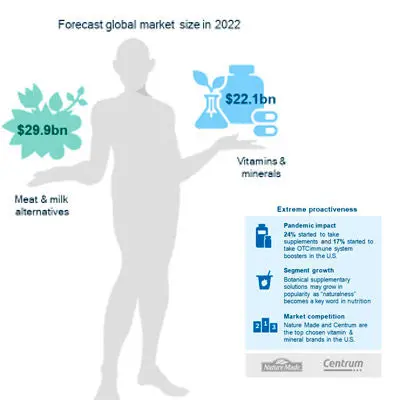
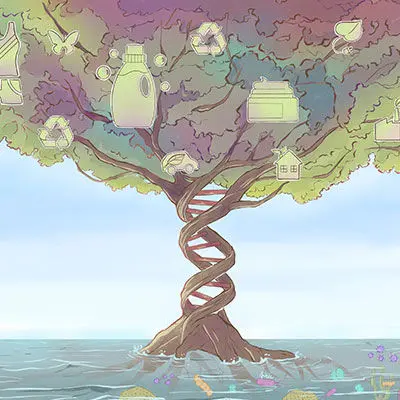

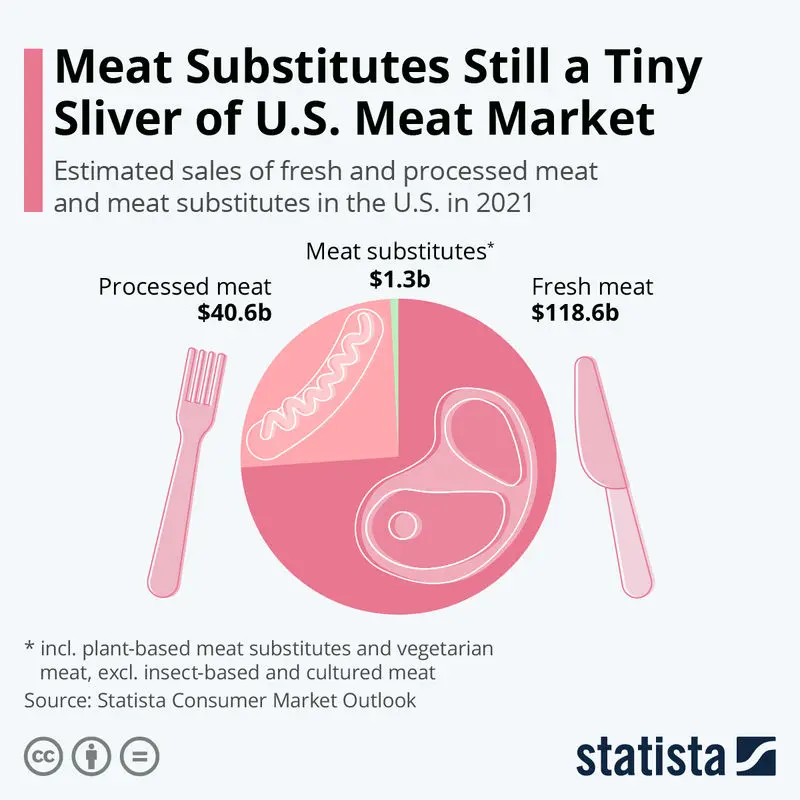
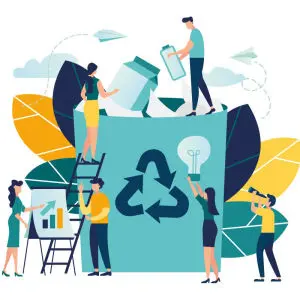
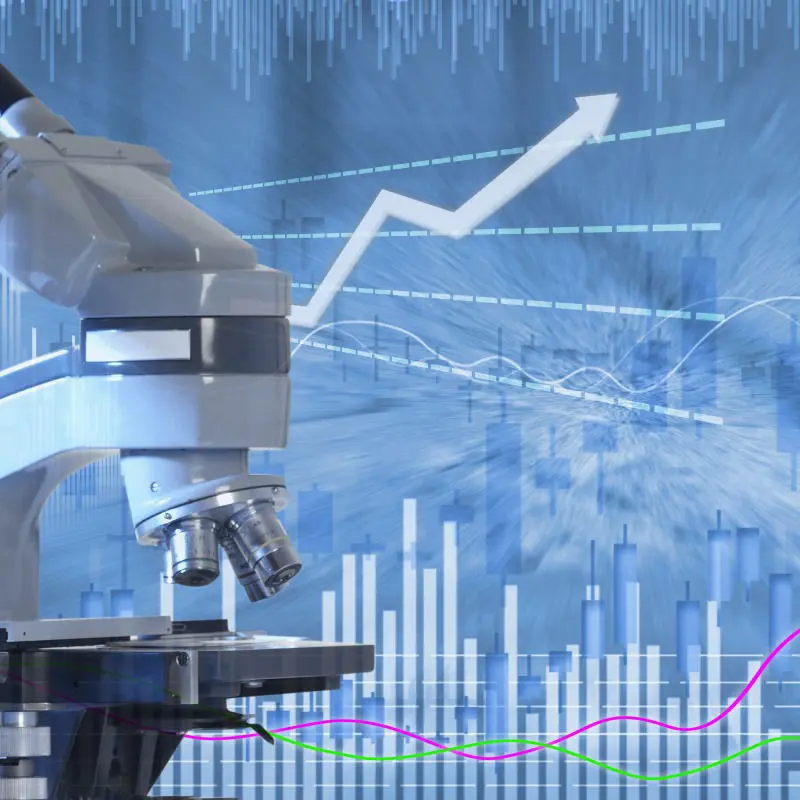





Share This Page!